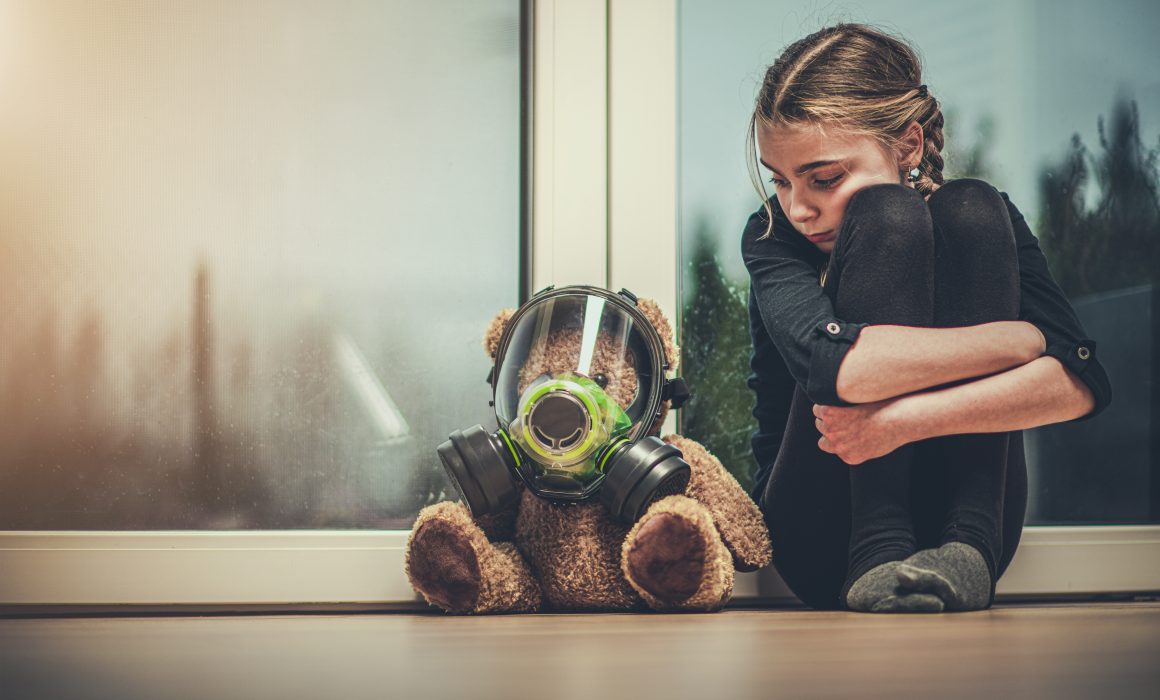
COVID-19 what does it mean for those in foster care

Author
CWCSHANNON
Published on
- March 19, 2020
Published on
- Blog
Now, consider if your world wasn’t safe to begin with. This is the reality for Australia’s children in out-of-home care.
The extraordinary situation engulfing the world is unfathomable. The affects are being felt far and wide, across nations, industries, economies and deep within families and homes.
What if you didn’t have a safe home to isolate in? If you didn’t feel safe within your surroundings or you had varied and unfamiliar caregivers.
Children in Out Of Home Care, removed from their birth families, rely on adults and authority to give them a glimpse of stability and reassurance, to grasp hold of safety and security. These children are offered reassurance in court processes and systems, assured that these will provide them protection and safety, and find people to care for them.
Today those adults, authorities, courts, systems and processes have become devastatingly unstable.
I can’t fathom how it would feel right now, to be a young child in out of home care. An 8, 11, or 15-year-old child, without a stable home or consistent caregivers in the world today.
Frightening is an understatement. I am frightened. I am an adult, with a family and home, income and my health, and I am frightened.
Perhaps terrified is a better portrayal of their experience.
I operate an assessment and training agency for prospective foster carers and families, and I am fondly aware of the extraordinary people currently providing safe and nurturing homes to many children in Australia. But sadly, there is a significant shortage of foster carers in this country and many thousands of children are not in such homes.
The challenges faced by these children are mounting, but particularly, in four areas; court operational changes, school closures, family concern and family violence.
COURT OPERATIONAL CHANGES
The Family Court of Australia and the Federal Circuit Court of Australia have made significant changes to court operations, prioritising urgent and critical cases, whilst simultaneously trying to address the escalating crisis.
High volume in-person lists are being staggered, the balance of the Sydney FCC has been vacated and adjourned, call overs in the FCC in Brisbane, Paramatta and Adelaide are postponed until further notice, regional FCC circuits are under review likely to be adjourned, and the work conducted by the Courts’ Child Dispute Services Staff is under review.
Legal Aid is only providing phone support services now and many walk-in family services are reducing and reassessing assistance.
These changes, though necessary, will have a profound impact on children in OOHC. In an already overburdened system with alarming funding shortages and staggering time delays, these operational changes will have enormous impact on orders, placements, protection, visitation and contact, and will leave some children in ‘limbo’.
Parents, children and families will not be able to access contact visits as freely (contact with birth families) as a result of travel restrictions and processing delays. Any impact on contact visits affects a child’s family connectedness, such an integral part of the lives of these children.
SCHOOL CLOSURES
The pressure to close schools in Australia is mounting daily. The government has so far held strong on their decision for schools to remain open, hoping particularly to avoid impacts on health care workers amid childcare chaos.
Nonetheless, it is expected that if we are not able to curb the rise in cases, schools may close over the coming weeks and that consideration will be made for those in healthcare to access support for their children.
I am yet to be made aware of any discussion surrounding the large number of OOHC children and families in our public and private school systems. If schools close, foster families, some of whom have limited decision making control, will also face challenges in accessing adequate childcare and making provisions for children.
Many OOHC children do not have homes to return to, some are placed in emergency care in hotels, group homes, and older children reside in boarding rooms on school grounds. These vulnerable groups will face instability in their daily care options and instability in their housing should schools close for extended periods of time.
FAMILY CONCERN
We are all concerned about our loved ones, particularly those with family that fall into the vulnerable category, the aged, the immunocompromised, and perhaps now pregnant women and very young babies. Even with family exclusive of this category, it is impossible not to worry about them, feel an instinct of protection.
Imagine being 7 years old, living in a foster or group home, and knowing your sister or brother lives with another family, unknown to you, somewhere far away. Consider the worry you would feel about them, whether they are safe, whether they are being cared for and protected. Or the feeling you would have for your birth grandmother who, though you rarely see, is one of the ‘high risk’ people you hear adults speaking about, or you hear mentioned on the news. Distressing.
Family connectedness is integral in the lives of children in OOHC, connectedness through contact visits, through photographs, phone calls and stories, but in these moments, I do not believe any other group of people in Australia would be feeling greater disconnection from their family.
FAMILY VIOLENCE
Children in out-of-home care have been removed from their birth families. The lead up to this removal involves significant work from agencies and frontline staff, working closely with families, schools and stakeholders to investigate and champion the welfare and safety of the child. This work is vital, and it is unknown what impact these changes, within the context of court and agency systems, school systems and social distancing requirements, will have on this crucial frontline work.
THE NEXT STEP
45,756 children are in OOHC in Australia as of 30th June 2018, these are the latest available figures.
I expect that, as has happened in America and Europe, the Department of Human Services will be requesting assurance and emergency plans from all foster care agencies and not-for-profits, to ensure children and families continue to receive necessary services.
This is a positive step.
But the inclusion of a pandemic and extended periods of quarantine, isolation and such significant operational changes, are unlikely to have been considered in any emergency plan. And, as with any government body in times of crisis, my reassurance in their competency does not bode them well.
The plight of children in out of home care is not sensationalist news. Those within our industry champion their plight, but, as a general rule, we as a society accept that these children are unfortunate, and in need of assistance, and we are assured that they are adequately protected by our courts and systems. Little thought is given to them after that.
Perhaps now, when the courts, the systems and processes, even the governments are in turmoil, instability is rife, safety is on everyone’s mind, and family has taken on a bigger meaning in our lives. Perhaps now, these children should be considered sensationalist news.
In moments in time such as this, these children, as with all our most vulnerable, become our collective responsibility. We must consider them, not merely in health but in safety, security and wellbeing.
WHAT EXACTLY CAN WE DO?
Firstly, as always, I say that if you have capacity, to consider fostering a child.
Collectively, we must call on support from government, philanthropy and the wider community to strongly consider these children during this unprecedented, global epidemic.
My next post will focus on information and guidance for our agencies, front line staff and foster carers in dealing with the developing coronavirus pandemic.
Written by
Shannon Kendrick – Director of Caring with Carers


